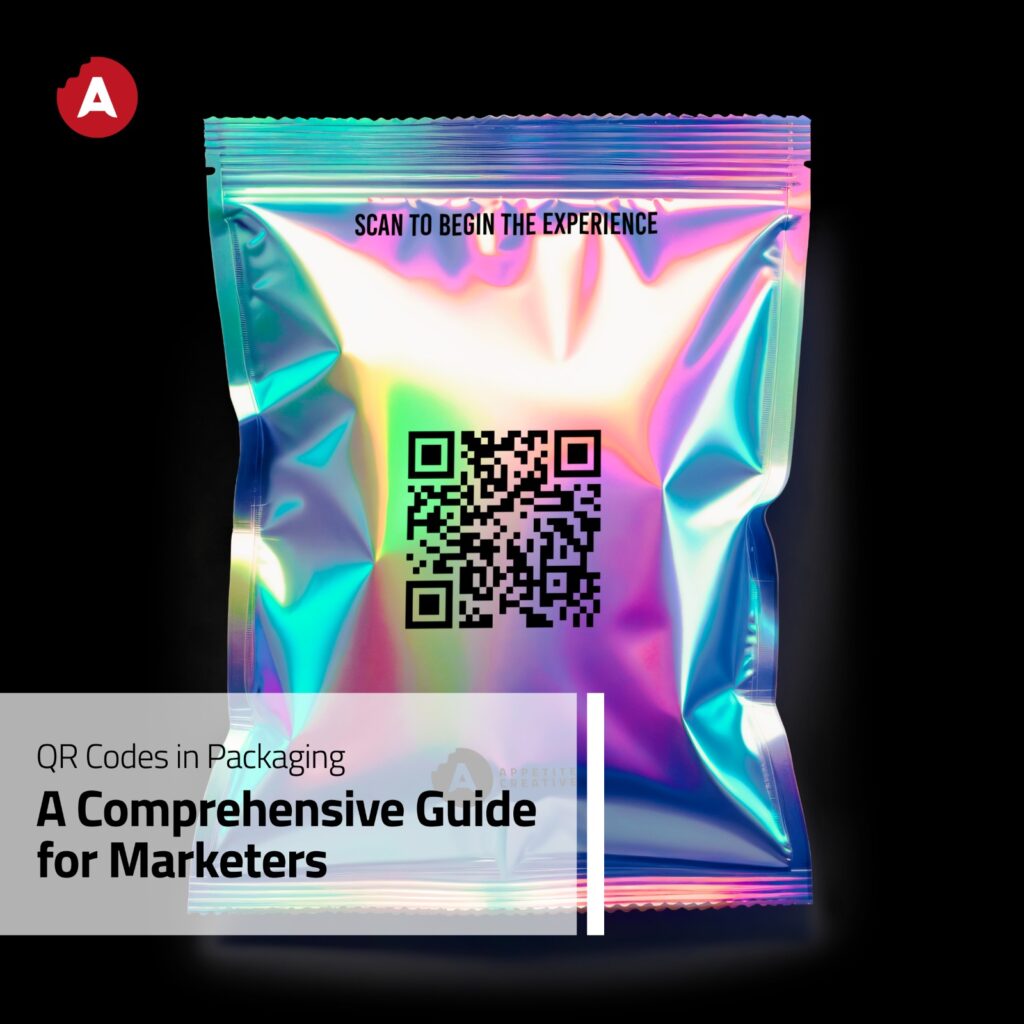
Modern marketing is a dynamic landscape, in it, QR codes have emerged as powerful tools, seamlessly bridging the physical and digital realms. As we delve into the world of intelligent packaging, QR code advertising, and connected packaging, it’s evident that these two-dimensional codes play a pivotal role in shaping consumer experiences. In today’s comprehensive guide, we explore the myriad ways QR codes are utilized in packaging while offering valuable tips for marketers to ensure effective implementation.
The Rise of Intelligent Packaging:
Intelligent packaging has transcended traditional boundaries, evolving into a dynamic platform that engages consumers on a deeper level. QR codes serve as a gateway to this intelligent packaging era, providing a means to connect consumers with a wealth of digital content seamlessly integrated with the physical product.
QR Code Advertising and Connected Packaging:
At the intersection of QR code marketing and connected packaging lies a realm of possibilities. QR codes act as conduits for advertising messages, promotions, and interactive content that enhance brand-consumer interactions. From delivering exclusive offers to sharing product narratives, QR codes in packaging transform static materials into dynamic, engaging marketing tools.
Key Applications of QR Codes in Packaging:
Access to Digital Content:
QR codes on packaging allow consumers to effortlessly access digital content such as product videos, user manuals, or immersive brand experiences. This provides a richer understanding of the product and fosters a deeper connection.
Enhanced Consumer Education:
In the realm of smart packaging, QR codes serve as educational tools, offering in-depth information about a product’s features, benefits, and usage. This proactive approach to consumer education can contribute to increased satisfaction and brand loyalty.
Instant Purchases and Offers:
QR codes enable instant purchases or access to exclusive offers. By scanning the code, consumers can be directed to e-commerce platforms or promotional pages, creating a seamless transition from physical interaction to transaction.
Sustainability Messaging:
Marketers can leverage QR codes to communicate a brand’s commitment to sustainability. By linking to information about eco-friendly practices, recycling instructions, or sourcing details, QR codes contribute to transparent and environmentally conscious branding.
Tips for Effective Implementation:
Strategic Placement:
Ensure QR codes are strategically placed on packaging, making them easily noticeable and accessible. Consider factors such as visibility, ergonomics, and the overall packaging design to maximize impact.
Mobile Optimization:
Given the prevalence of smartphone usage, optimize the content linked to QR codes for mobile devices. Responsive and mobile-friendly experiences enhance user engagement and prevent potential frustrations.
Clear Call-to-Action (CTA):
Accompany QR codes with clear and concise calls-to-action. Communicate the value consumers will gain by scanning the code, whether it’s accessing exclusive content, receiving discounts, or participating in promotions.
Regular Monitoring and Updates:
Regularly monitor the performance of QR code campaigns by analyzing scan data. Use this information to refine content, update promotions, and ensure that the connected experience remains relevant and enticing.
Incorporate Interactive Elements:
Elevate the consumer experience by incorporating interactive elements linked to QR codes. Consider gamification, augmented reality features, or surveys to make the interaction memorable and enjoyable.In the ever-evolving landscape of packaging, QR codes stand as beacons of innovation, connecting brands and consumers in ways previously unimagined. By embracing intelligent packaging, QR code advertising, connected packaging, and platforms like QR Connect, marketers can craft narratives that resonate with today’s tech-savvy and discerning consumers, paving the way for more meaningful and engaging brand experiences.
